The Trusty Trauma Kit
Sometimes, you don't want to lug around a full-on first aid kit but also want something more extensive than the basic everyday carry. If this sounds like something you want, the solution is a trauma kit. It's compact and meant to care for traumatic injuries and life-threatening wounds until a professional can treat them. Besides the rudimentary equipment, it often includes a few before/after care items and things to protect yourself. The pros to a trauma kit include being compact, easy to carry wherever you go, and an all-in-one medical kit to keep someone alive.

The Many Faces of the Trauma Kit
Trauma first aid kits are meant for just that: trauma. However, they are utilized by a wide range of professions and individuals. Because of this, they are called various things, such as micro trauma kit, gunshot trauma kit, and trauma first aid kit.
It’s especially beneficial for people who are more likely to suffer gunshot wounds, such as hunters, police officers, those who frequent the range, and individuals who simply want to be prepared.
What’s Inside
While it's great to know that a trauma kit will keep you breathing, you should probably know what's inside (and how to use it).
The Bare Bone Basics
These are materials you will also find in everyday carry kits and are the bare minimum needed to prolong life.
Tourniquets
Strap these high and tight on a heavily bleeding wound to stem the blood flow. Don’t know why a tourniquet is placed high and tight? Read How Far Up Do You Place a Tourniquet here!
Chest Seals
While we need to breathe air to live, it can cause catastrophic damage if it enters the torso through puncture wounds. Using chest seals over the injured area will keep air from leaking in and collapsing the lungs and heart.

Hemostatic Gauze
Unfortunately, tourniquets aren’t a one stop shop for severe bleeding. Tourniquets won’t work on injuries in the armpit, groin, and neck (I really hope this one is obvious).Instead, these injuries need to be packed with gauze, preferably hemostatic gauze, to stop the bleeding. Hemostatic gauze contains a liquid that causes the blood to clot, which makes it invaluable when a victim is bleeding out.
Trauma Treatment Extension
These are trauma supplies that go beyond the bare bone basics. The more prepared you are the better!
Compressed gauze
Used to treat bleeding and to bandage wounds.
Emergency pressure bandage
Pressure bandages, in short, hugs your boo-boo better! A more detailed, boring explanation would be that it controls bleeding, helps clotting, and keeps pressure on gauze-packed wounds.
ZZips/butterfly bandages
If you have trypanophobia, a fear of needles, you definitely need these (even without trypanophobia, these are incredibly useful)! These hold cuts together and are used in place of stitches, staples, and other frankly undesirable equipment.
NPA (Nasopharyngeal) tubes
These help patients breathe when they cannot keep their airways open or clear.
Safety & Efficiency Additions
Having access to the right tools will make your life easier and save others’ lives too!
Shears
Used to cut clothing away from the wound so you can quickly access it unhindered.
Space blanket
Hypothermia can set in quickly if you're stuck in cold weather, took an unexpected dip, or after losing a lot of blood. With a space blanket, you’ll look and feel like a cozy burrito! An extra plus is not freezing to death.
Saline wash
Extensive injuries or puncture wounds are prone to infection, and foreign materials lodged in injuries can cause further problems down the road. Clean non-life-threatening injuries thoroughly to avoid future hospital trips (they’re very expensive).
CPR shield
When giving CPR, diseases can transmit from the victim to you or vice versa. A CPR shield can protect both of you from disease transmission, so it's ideal to have one on hand.
Gloves
Diseases can't only be transmitted to you from mouth to mouth. Have you ever heard of blood-borne pathogens? These are germs that reside in the blood that causes infection in the host. However, it doesn't just affect the host. Anyone who comes into contact with their blood can also contract the disease. Snap on a pair of gloves, and you protect yourself from possible pathogens and the victim from dirty hands that may cause future problems.
Marker
All commercially produced tourniquets include somewhere you can jot down the time of application. However, you can't do that without a writing tool!
Personal Modifications
Everyone has their own needs. Make the kit yours by adding what you need!
Meds
From Ibuprofen to Pepto Bismol, there's probably something you'd like to include. Any medication you need can be tucked in.
Minor wound care
If you want to round out your micro trauma kit a bit more, you may like to add some minor wound care items like triple antibiotic ointment or bandages.
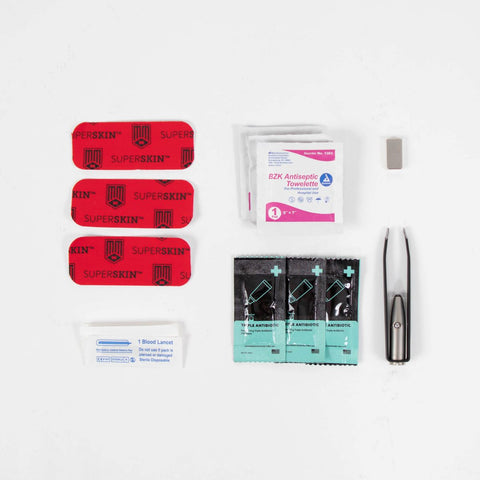
Antibacterial wipes
Like the saline wash, this is used to clean the wounded area. Antibacterial wipes are ideal for minor, superficial injuries.
Any other equipment you want to add
As this says, if you feel the need to carry something and there's space in your kit, there's no reason not to!
Trauma Kit Training
As lovely as it would be to simply pick up a kit and know how to use it, life regrettably doesn't give out knowledge handouts. No matter how fancy your gear is, it's useless without the proper training. Even if you miraculously use it correctly, it won't be anywhere near as efficient as it'd be if you'd had training. Thankfully, all the items mentioned above can be easily utilized after just a little instruction. You could sign up for first aid training or conduct research on how to use the gear. And remember, it is crucial to practice! The more you practice, the more confident and efficient you'll be in situations where you need to use your training!
Trauma kits generally cover specific first aid principles. If you'd like to learn more about it, you can read Battle Proven First Aid Training here!
Where to Keep Your Kit

Even if you somehow got your hands on a cure-all elixir, it'd be useless if you leave it at home and go to the range. The same goes for trauma kits. Due to this, there are two places we highly recommend you store your kit. The first is in your car. Most people are close to their vehicle, whether at home, work, or the store, making this an ideal location. The second place is on your person. You can clip it to your belt, keep it in a backpack or range bag, or if you really don't want to carry it yourself, strap it to your dog's harness (do note that some will be strongly opposed). No matter where you keep it, ensure you can quickly access it during a crisis.
Trauma kits are a great addition to any range bag and help elevate your first aid preparedness. With the right equipment and training, you will be prepared for whatever your next adventure throws at you!
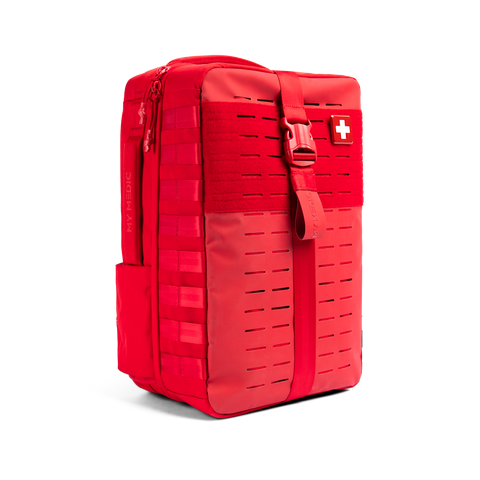 NEW ARRIVALS
NEW ARRIVALS
 BEST SELLERS
BEST SELLERS
 SUPERSKIN™
SUPERSKIN™
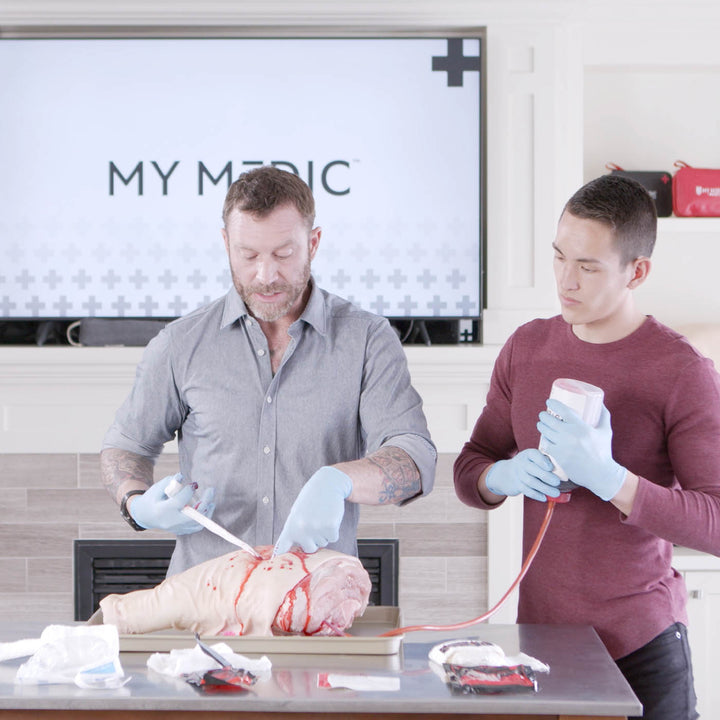 COURSES
COURSES
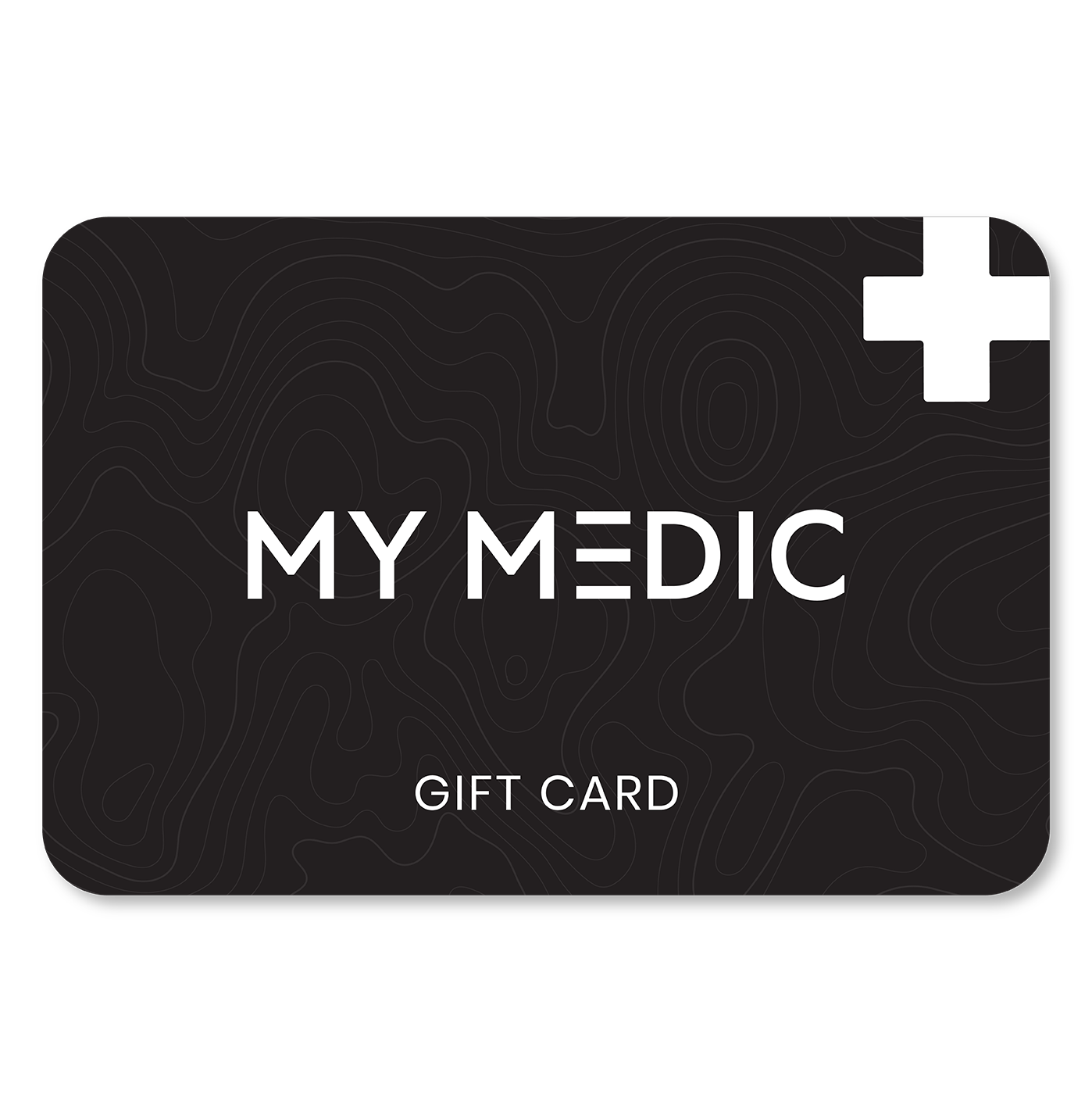 REWARDS
REWARDS
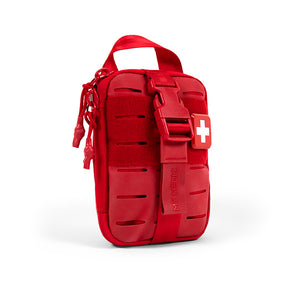 The MyFAK Collection
The MyFAK Collection
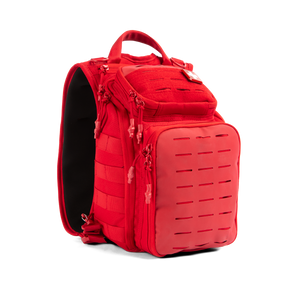 Specialty
Specialty
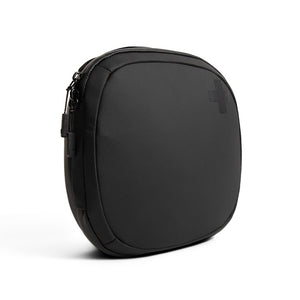 The Ready Collection
The Ready Collection
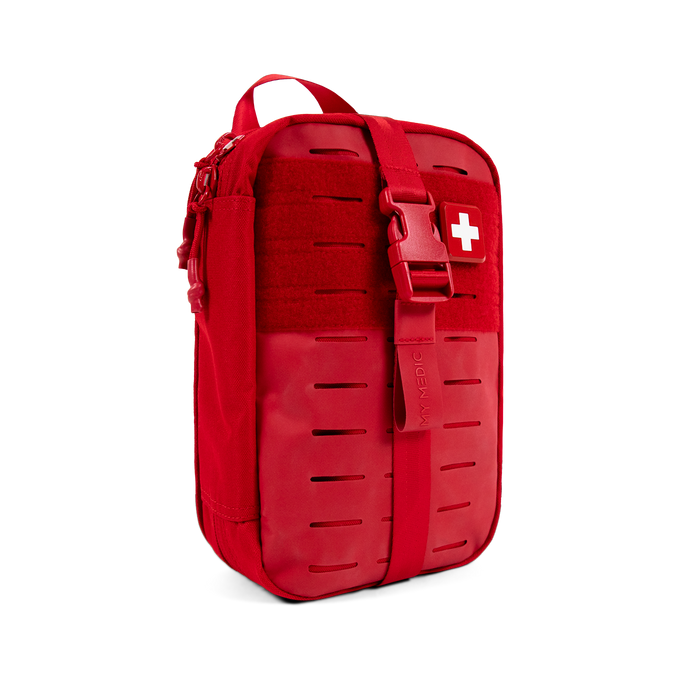
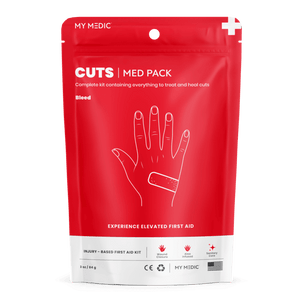 BLEED
BLEED
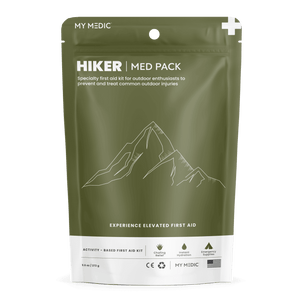 OUTDOOR
OUTDOOR
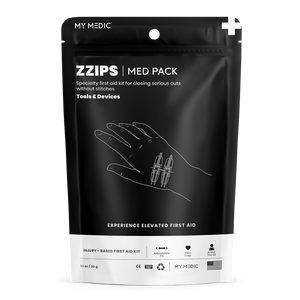 TOOLS & DEVICES
TOOLS & DEVICES
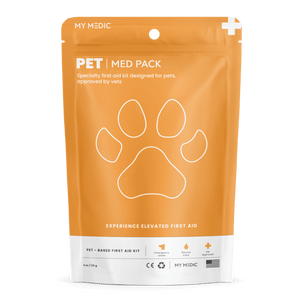 SPECIALTY
SPECIALTY
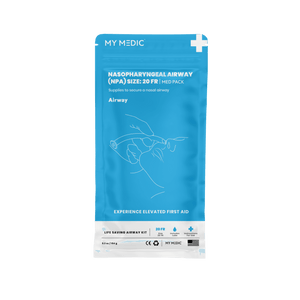 AIRWAY
AIRWAY
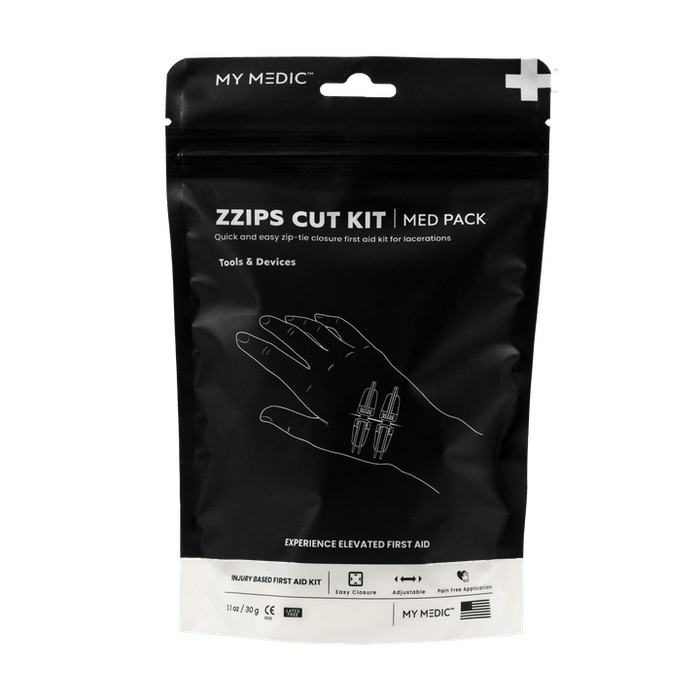
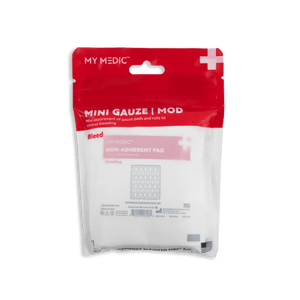 BLEED
BLEED
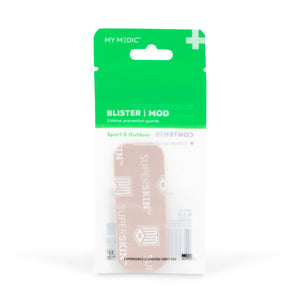 OUTDOOR
OUTDOOR
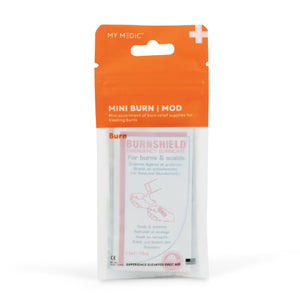 BURN
BURN
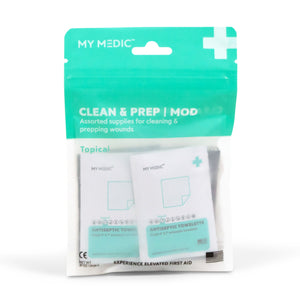 TOPICAL
TOPICAL
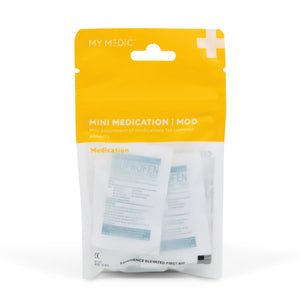 MEDICATION
MEDICATION
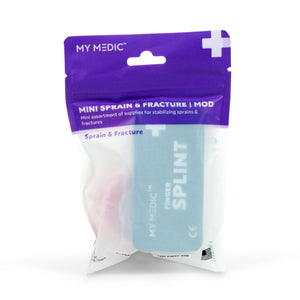 SPRAIN & FRACTURE
SPRAIN & FRACTURE
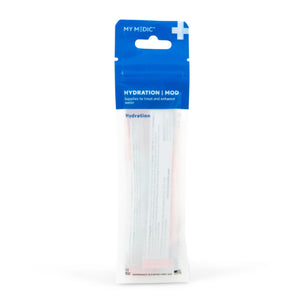 HYDRATION
HYDRATION
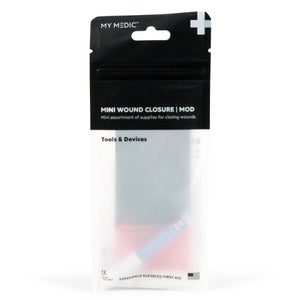 TOOLS & DEVICES
TOOLS & DEVICES
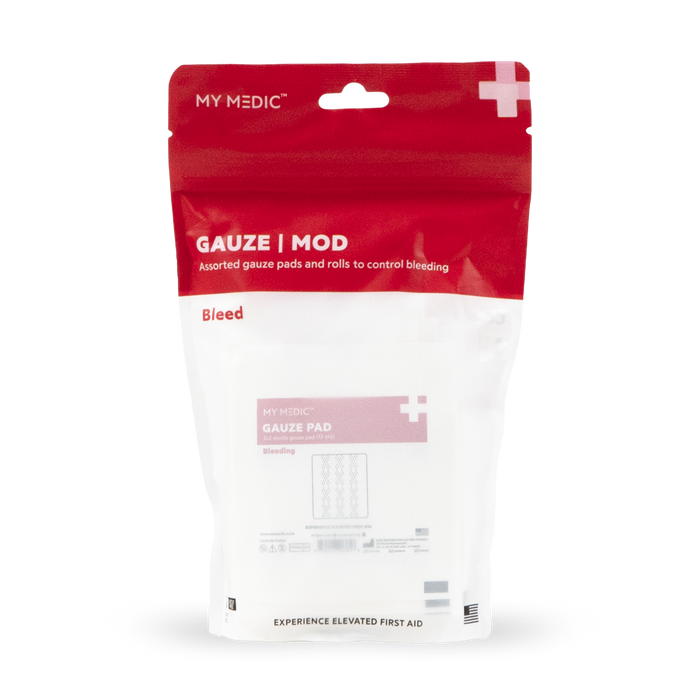
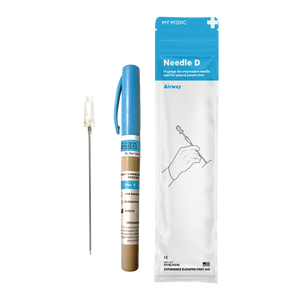 Supply Categories
Supply Categories
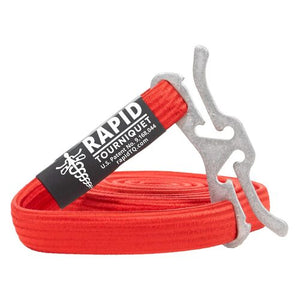 Top Sellers
Top Sellers
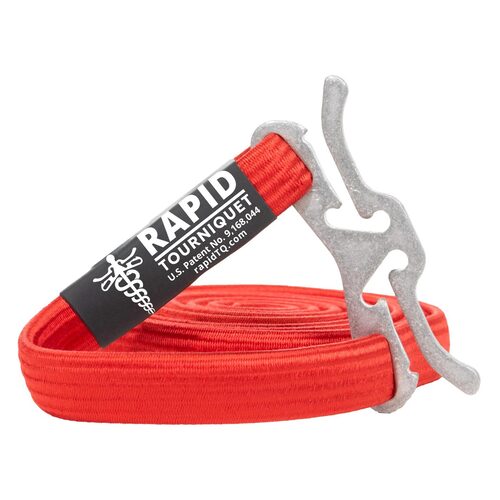






Leave a comment